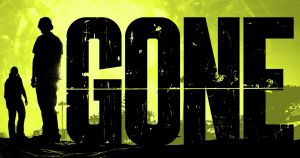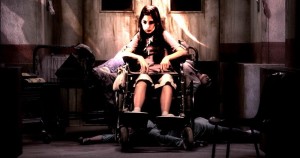Big Changes to Disability in Kidlit
Disability in Kidlit will be undergoing some changes; a different posting schedule, update on submissions, and social media news.
Disability in Kidlit will be undergoing some changes; a different posting schedule, update on submissions, and social media news.

Bad depictions in popular culture foster the narrative of the lazy narcoleptic: They’re lazy. They’re late/unproductive/lethargic employees. They’re uncaring lovers or absent friends. And so on and so on.

Pete’s autism is portrayed over and over again as being non-stop pain and suffering. That got incredibly hard to read; do people really think this is what autism is like?

The description for this book uses the phrase “brilliant but autistic” to describe its main character, and that’s where our conflicted feelings about Viral Nation start.

Many characters who may be mentally ill reject treatment out of hand, considering therapy a waste of time and suspecting medication will turn them into a zombie. Why are these narratives so popular? What are the alternatives?

When we talk about disability and sci-fi/fantasy, the first thing many will think of is the magical disability trope. But what does this trope entail and imply? And how can you subvert it?

In science-fiction and fantasy, you invariably run into fictional disabilities and allegories. Do these “count” as disability? What makes them work successfully in a book?

I was intrigued by the virtual-reality premise, but this book is a veritable hotbed of misogyny and a case study in how not to write a wheelchair-using character.

Writing about characters with mental illness can be challenging in various ways. How do you accurately convey a character’s state of mind, without compromising on clarity or excitement? How do you show a character’s skewed perceptions of the world?

The portrayal of epilepsy in this book was frustrating and disrespectful. People with epilepsy deserve better than this.